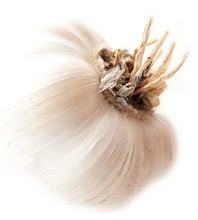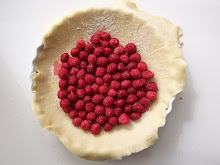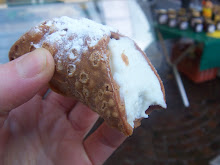
When I was young and often complain about a sore bruise, my dad would always suggest amputation. That way, the pain would be gone, or rather, it would be replaced with a different pain, so the old one wouldn't matter. I couldn't really argue with that nor could I wallow in self pity.
I had one of these weeks. Its behind me now, I think. Thank god for weekends. They have that quality of wrapping up the passing week, elevating it to a climax and then washing it all away, for a new slate starting with a new week. Like tax years, but I digress.
Last week everything around me seemed to shatter, crack or drop dead. An exotic looking beatle showed up on my kitchen floor and died. Then, at a yoga class, an enormous dead fruit fly was right by my mattress. Today I nearly ran over a dead rat on the street. As if that doesn’t seem like an omen of sorts the glass pain over my kitchen table decided its time was up and out of the blue just snapped in half. I didn’t know glass could do that, but this was not an ordinary week. To top it all up a drinking glass bounced of the dish rack and on to the floor, smashing to a halt. So that was a week I really needed to get over. I decided to start the week on a right foot, and this was easily achieved by dressing that foot in a new Yves Klein blue pair of shoes. It did the trick. I now have a new blister, marking a new week.
I also made these pop tarts which resulted in a very messy kitchen, and also with a batch of charming, homemade, rough looking pop tarts. The home version is far better then the industrial one, and I get to choose exactly what goes into it, both the dough and the filling.

For a coffee break.
Homemade pop tarts
Adapted from Here, originally seen here
Makes about 9 large pop tarts, or 14 small pop tarts
Pastry
2 cups Unbleached All-Purpose Flour
1 tablespoon sugar
1 teaspoon salt
1 cup unsalted butter, cut into pats
1 large egg
2 tablespoons milk
1 large egg, to brush on pastry before filling
For the filling:
Bittersweet or semisweet chocolate, coarsely chopped
Make the dough:
Whisk together the flour, sugar, and salt. Work in the butter until the mixture holds together when you squeeze it, with pecan-sized lumps of butter still visible. Mix the egg and milk, and add it to the dough, mixing just until everything is cohesive.
Divide the dough in half.
Shape each half into a rough 7 x 12cm rectangle, smoothing the edges.
Roll out immediately; or wrap in plastic, and refrigerate for up to 2 days.
Assemble the tarts:
If the dough has been chilled, remove it from the refrigerator and allow it to soften and become workable, about 15 to 30 minutes. Place one piece on a lightly floured work surface, and roll it into a rectangle about 3mm thick, large enough that you can trim it to an even 20 x 30cm.
Trim off the edges; place the scraps on a baking sheet, and set them aside, along with the rectangle of dough.
Roll the second piece of dough just as you did the first. Press the edge of a ruler into the dough you’ve just rolled, to gently score it in thirds lengthwise and widthwise; you’ll see nine rectangles.
Beat the egg, and brush it over the entire surface of the dough. Place a heaping tablespoon of filling into the center of each marked rectangle. Place the second sheet of dough atop the first, using your fingertips to press firmly around each pocket of jam, sealing the dough well on all sides.
Cut the dough evenly in between the filling mounds to make nine tarts.
Press the cut edges with your fingers to seal, then press with a fork, to seal again.
Gently place the tarts on a lightly greased or parchment-lined baking sheet.
Prick the top of each tart multiple times with a fork; you want to make sure steam can escape, or the tarts will become billowy pillows rather than flat toaster pastries.
Refrigerate the tarts (they don’t need to be covered) for 30 minutes, while you preheat your oven to 175°C.
Sprinkle the dough trimmings with cinnamon-sugar; these have nothing to do with your toaster pastries, but it’s a shame to discard them, and they make a wonderful snack.
While the tarts are chilling, bake these trimmings for 13 to 15 minutes, till they’re golden brown.
Remove the tarts form the fridge, and bake them for 25 to 35 minutes, until they’re a light golden brown.
Remove them from the oven, and allow them to cool on the pan.
Variation: Instead of chocolate chips, fill the tarts with a tablespoonful of jam filling Or cinnamon Filling.
Cinnamon Filling
:
1/2 cup brown sugar
1 - 1 1/2 teaspoons ground cinnamon, to taste
4 teaspoons Unbleached All-Purpose Flour















